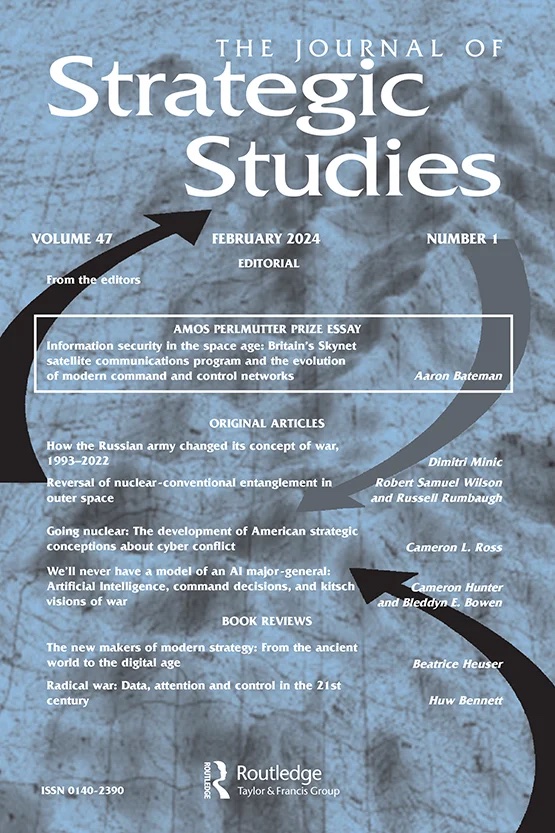The Far Right in the Conflict between Russia and Ukraine

From the very beginning, the armed conflict that broke out in the Donbass in the spring of 2014 drew in right-wing radicals, on the Ukrainian as well as on the Russian side. Organised ultra-nationalist groups and individual activists established their own units of volunteers or joined existing ones.
The ideology, political traditions and general track record of these right-wing extremists meant that it was both natural and inevitable that they would take an active part in the conflict. Yet the role of right-wing radicals on both sides has on the whole been exaggerated in the media and in public discussion. This article demonstrates that Russia’s use of right-wing radicals on the side of the “separatists” in Donetsk and Lugansk provinces had greater military and political repercussions than the involvement of Ukrainian far-right groups in the “anti-terrorist operation”. The general course of the conflict, meanwhile, caused the importance of far right-groups on both sides to decline.
Vyacheslav Likhachev is an historian and a political scientist. A graduate of the Jewish University in Moscow, he leads the National Minority Rights Monitoring Group.
Download the full analysis
This page contains only a summary of our work. If you would like to have access to all the information from our research on the subject, you can download the full version in PDF format.
The Far Right in the Conflict between Russia and Ukraine
Related centers and programs
Discover our other research centers and programsFind out more
Discover all our analysesRussia's Asia Strategy: Bolstering the Eagle's Eastern Wing
Among Russia’s strategic priorities, Asia traditionally played a secondary role compared to the West. In the mid-1990s, then Foreign Minister Yevgeny Primakov initiated a rapprochement with China and India. Then, in 2014, deteriorating relations between Russia and the West prompted Moscow to begin its “great pivot to the East”.
Kazakhstan After the Double Shock of 2022: Political, Economic and Military Consequences
The year 2022 represented a dual shock for Kazakhstan. In January, the country faced its most severe political crisis since independence, followed in February by Russia’s full-scale invasion of Ukraine, which cast uncertainty over the borders of post-Soviet states. These consecutive crises profoundly shaped Kazakhstan’s domestic and foreign policy.

How the Russian Army Changed its Concept of War, 1993-2022
The traditional and high-intensity war that has occurred in Ukraine since Russia decided to invade raises a key issue: did post-soviet Russian strategic thought really prepare Russia for waging this war?
Russia's Nuclear Deterrence Put to the Test by the War in Ukraine
From the outset of its “special military operation” (SVO) against Ukraine on February 24, 2022, Russia, which possesses one of the world’s largest nuclear arsenals, has adopted aggressive deterrence measures and a resolutely menacing rhetorical stance.









